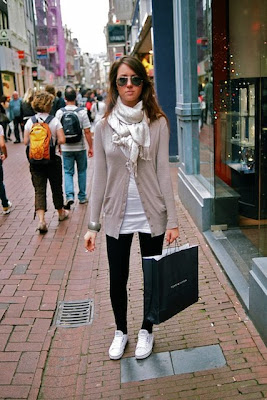 david seume
david seume


 peter seume
peter seume

 At the outbreak of the Second World War in 1939, the Netherlands declared itself neutral once again as it had done during World War I. Even so, on May 10, 1940 Germany invaded the Netherlands.
At the outbreak of the Second World War in 1939, the Netherlands declared itself neutral once again as it had done during World War I. Even so, on May 10, 1940 Germany invaded the Netherlands.One of the purposes of the German invasion of the Netherlands was to draw away attention from operations in the Ardennes and to lure British and French forces deeper into Belgium as well as to pre-empt a possible British invasion in North Holland. Also the Luftwaffe had insisted on seizing the Dutch soil for they were in strong need of the availability of airfields near the Northsea coast.
The German forces faced little resistance at first, but their advance was eventually slowed by the Dutch army. At the Afsluitdijk, the Grebbeberg, Rotterdam and Dordrecht the Dutch army offered strong resistance. A German airborne landing at The Hague, intended to capture the Dutch royal family and the government, failed, and about 1,000 of the paratroopers and airlanding troops that had not been killed were captured and shipped to Britain. Queen Wilhelmina and her government stayed in Britain, but during the Battle of Britain her daughter Princess Juliana and her children proceeded to Ottawa, Canada.
On May 14 the Germans - surprised by the Dutch resistance - demanded the surrender of the city of Rotterdam, threatening to bomb the city. A surrender was agreed upon with Dutch and German forces, with the Dutch intention of protecting its own civilians. However, due to miscommunication between German negotiators on the ground and the Luftwaffe units assigned to carry out the bombings, the city was bombed by error.
After this bombardment, the German military command threatened to bomb the city of Utrecht as well if the Netherlands did not surrender. The Dutch army laid down arms at 1900 hrs on 14 May, and formally capitulated on May 15, with the exception of the forces in Zeeland. They resisted for a few more days, until the bombardment of Middelburg on May 17, which forced the Zeeland forces to surrender as well.


























 "I haven't lost my temper in 40 years; but, Pilgrim, you caused a lot of trouble this morning; might have got somebody killed; and somebody oughta belt you in the mouth." — john wayne
"I haven't lost my temper in 40 years; but, Pilgrim, you caused a lot of trouble this morning; might have got somebody killed; and somebody oughta belt you in the mouth." — john wayne





















































































1 comment:
wow! Amazing pictures
Post a Comment